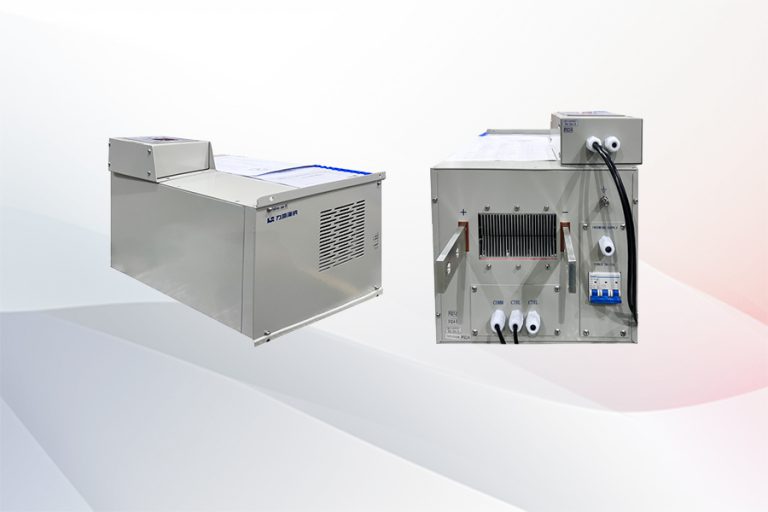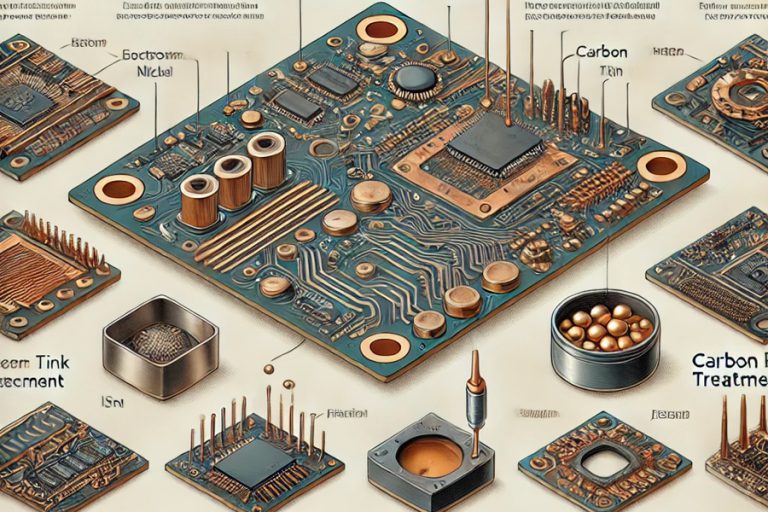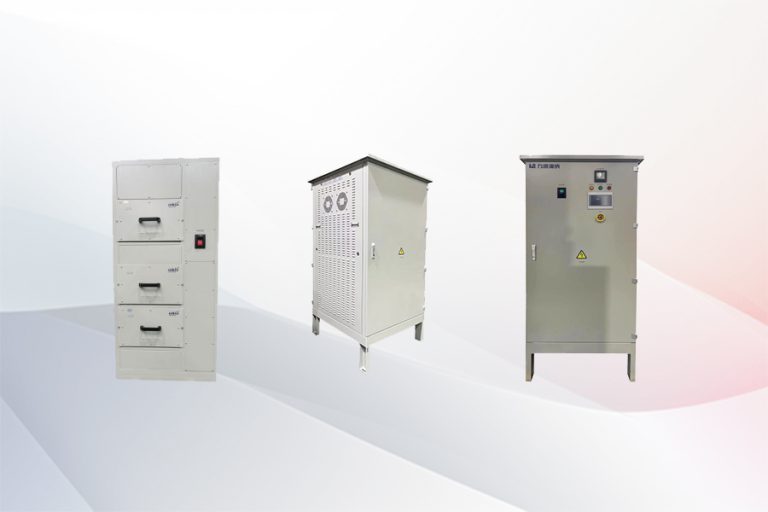The electroplating rectifier, a cornerstone in the surface treatment industry, functions by converting AC power supply into the precise DC power supply required through its internal rectification process. This conversion, coupled with meticulous control over current and voltage, ensures that the output power remains stable and reliable, catering to the diverse needs of various electroplating processes. The electroplating rectifier’s role extends beyond merely providing a stable current; it must also be adaptable, capable of adjusting the current to meet the specific demands of different electroplating applications within the surface treatment industry.
Within the vast landscape of surface treatment, the application of electroplating rectifiers is remarkably broad, particularly highlighted in the following facets:
Electroplating Process:
Electroplating rectifiers are indispensable in the electroplating of various metals, including zinc, chromium, nickel, tin, gold, and silver. By precisely controlling the output current and voltage, these rectifiers facilitate the electroplating of diverse metals, thereby enhancing the corrosion resistance, aesthetic appeal, and hardness of metal surfaces. These electroplating processes find extensive application in industries such as automotive, electronics, hardware, machinery, and construction, significantly improving the surface treatment effects of products across these sectors. The use of electroplating rectifiers in this process underscores their critical role in surface treatment.
Electrolytic Processing:
Electroplating rectifiers are also pivotal in electrolytic processing, a method that leverages the principle of electrochemical corrosion to manipulate metal materials. As a vital piece of equipment in electrolytic processing, these rectifiers supply a stable current and voltage, ensuring the seamless progression of the process. Electrolytic processing has found widespread use in mold manufacturing, aerospace, military industry, and other sectors, further emphasizing the versatility and importance of electroplating rectifiers in surface treatment.
Electrolytic Polishing and Electrolytic Corrosion:
Electroplating rectifiers also play a significant role in processes like electrolytic polishing and electrolytic corrosion. Electrolytic polishing utilizes electrochemical action to achieve a bright metal surface, while electrolytic corrosion employs the principle of electrochemical corrosion for metal processing or treatment. Both processes have crucial applications in metal surface treatment, art production, and other fields, showcasing the electroplating rectifier’s extensive utility in surface treatment methodologies.
As intelligent manufacturing and green manufacturing evolve, electroplating rectifiers are advancing towards greater intelligence, efficiency, and environmental friendliness. Integration with the Internet of Things technology allows for remote monitoring and intelligent adjustment of electroplating processes. Additionally, the development of new environmentally friendly materials aims to reduce harmful emissions during the electroplating process. The performance and efficiency of electroplating rectifiers are paramount to the growth of the electroplating industry. With technology continually advancing and application fields expanding, electroplating rectifiers will undoubtedly play an increasingly significant role in enhancing production efficiency, reducing energy consumption, and protecting the environment within the surface treatment industry.






